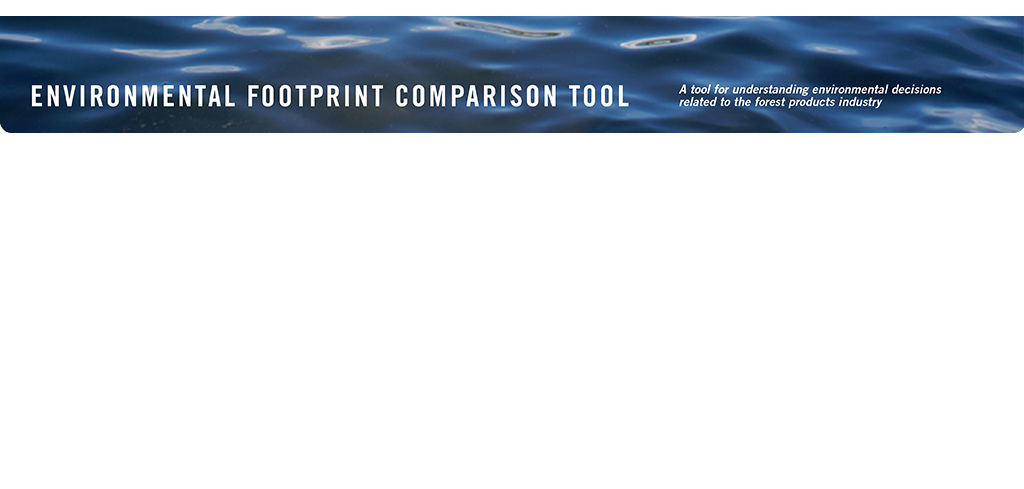
In general, as mills reduce water use, energy use is also reduced until the point at which effluent flows
are very low.
The relationships between effluent flows and energy use, however, are complex and there are many
ways to reduce water use that will not affect energy use. In addition, the relationship will vary from one
type of mill to another. Comparisons across dissimilar sub-sectors of the industry are generally not valid.
In other words, a facility in a sub-sector of the industry characterized by low effluent flows does not
necessarily also have low energy use.
Decreased water use may increase concentrations of chemicals that exacerbate scaling problems. If
increased scaling occurs on heat transfer surfaces, energy requirements may increase, although these
problems are usually addressed via chemical additives.
More information on the relationship between water use and energy requirements is available at the links to the right.
For the inverse question � i.e., what would happen to water use if a company tries to decrease energy use � the answer is different. The inverse question is examined in the section on Effects of Decreased Energy Consumption on Water Use.

More information:
Kraft mill heat balance
Scaling of heat transfer surfaces
Limitations on effluent temperatures
Energy use at mills
- ENERGY
- GREENHOUSE GASES
- CHLORINATED COMPOUNDS
- WOOD USE
- ODOR
- EMISSIONS TO AIR
- DISCHARGE TO WATER
- SOLID WASTE
- Lowgrid12
- Lowgrid14
- Lowgrid15
- Lowgrid18
- Lowgrid19
- Lowgrid23
- Lowgrid24
- Lowgrid25
- Lowgrid26
- Lowgrid28
- Lowgrid28
- Lowgrid28
- Lowgrid29
- Lowgrid29
- Lowgrid29
- Lowgrid32
- Lowgrid33
- Lowgrid35
- Lowgrid35
- Lowgrid36
